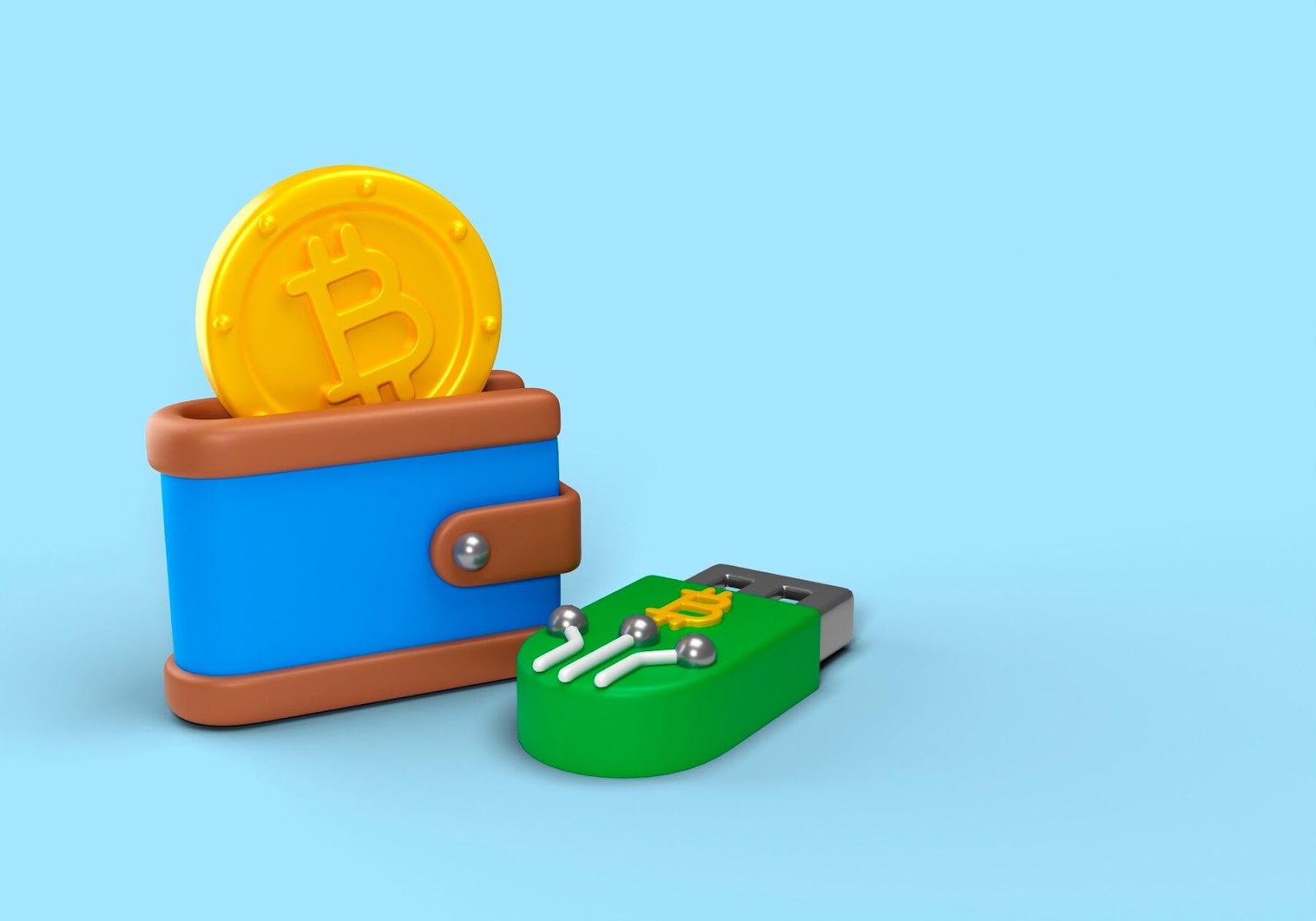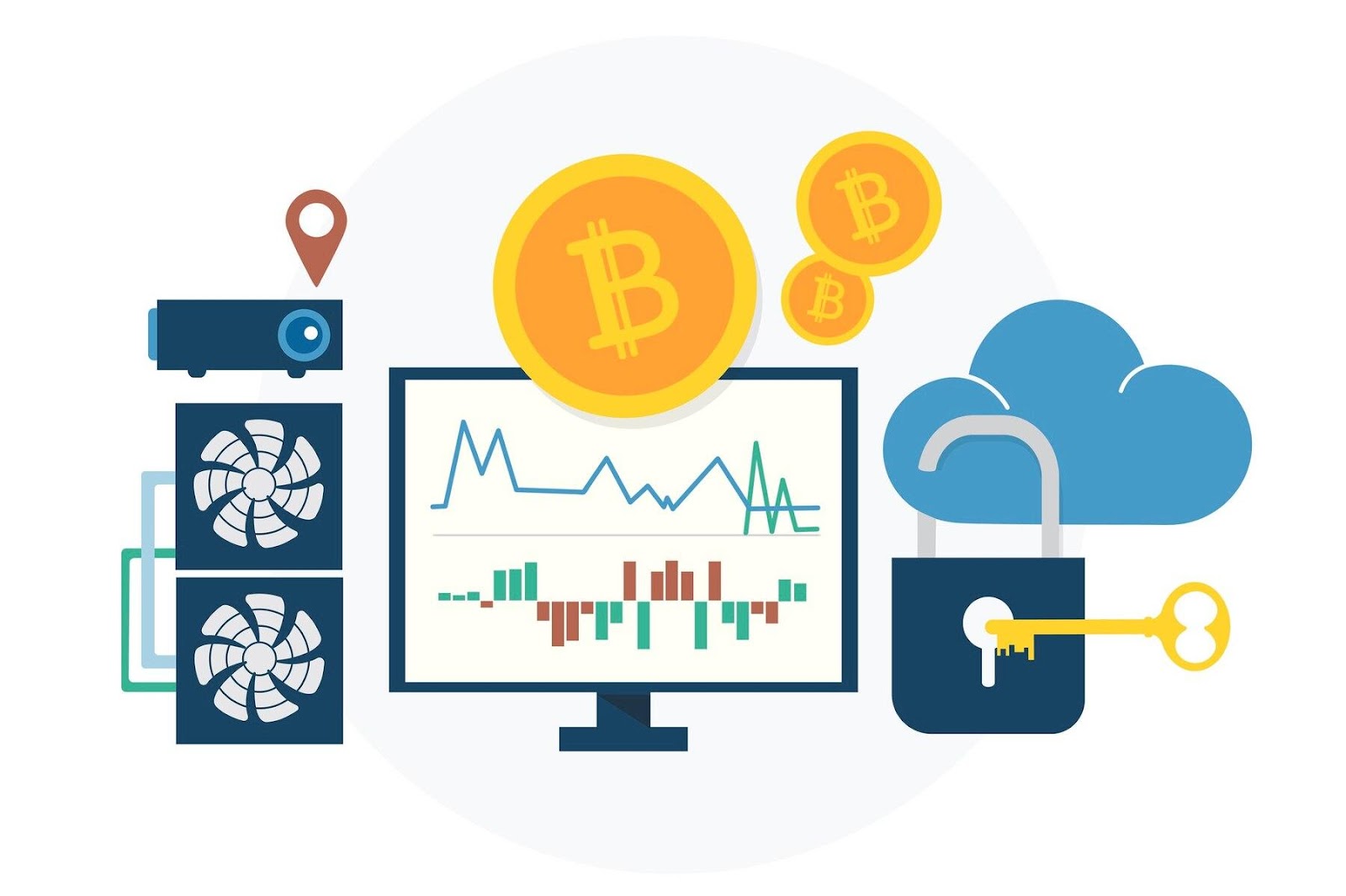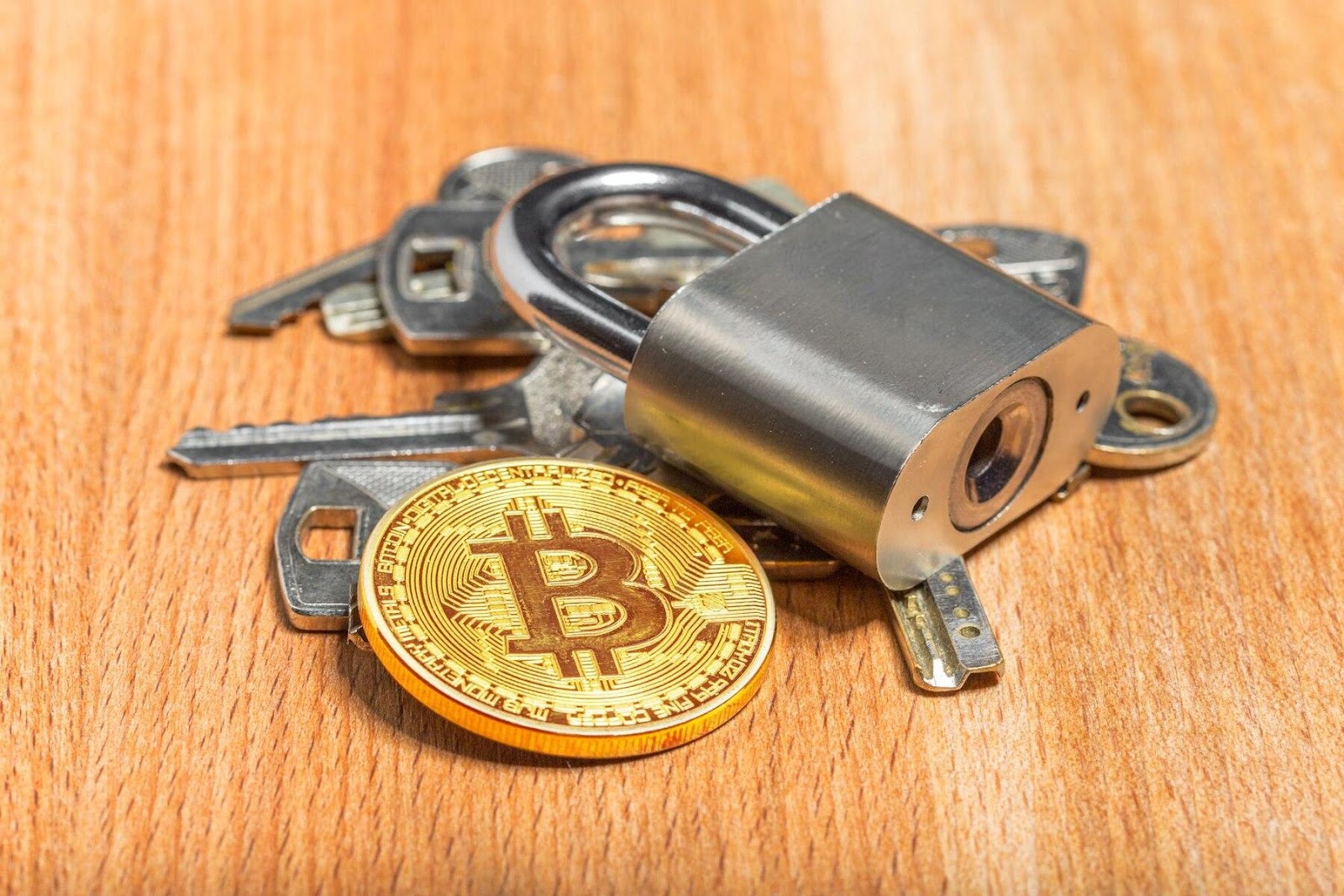With the rise in popularity of cryptocurrencies, scammers are becoming more inventive. They create new schemes and methods of deception aimed at stealing virtual funds from unsuspecting users. In this context, special attention should be paid to crypto wallets and cold storage, as they are the main means of storing and managing assets in the world of digital currencies.
Types of Crypto Wallet Scams
Crypto wallet scams can take various forms. The main schemes include:
Phishing
Phishing is one of the most common methods of deception aimed at gaining access to crypto wallets. Scammers create fake websites that look like official cryptocurrency exchange platforms or wallets. Users enter their personal data, such as logins and passwords, into these fake forms, allowing scammers to access their funds.
Phishing can also occur through emails and social networks. Scammers may send messages with offers of free cryptocurrency, requiring users to click a link and enter their data. Phishing protection options include using two-factor authentication (2FA), checking URLs before entering confidential information, and installing programs to protect against malicious sites.
Cold Wallet Hacking
Cold wallet hacking can occur due to software vulnerabilities or physical access by intruders to the device.
Scammers conduct attacks using deceptive tactics to gain access to hardware wallets. They may pose as technical support and request the owner's recovery phrases or passwords. It is important to remember that reputable wallet manufacturers will never request your confidential information.

Scams with Crypto Exchanges
Crypto exchanges are key elements of the cryptocurrency market, and scams in this segment also receive significant attention. One of the most common schemes is creating fake exchange platforms. Scammers lure users with attractive exchange rates, but once the victim sends their cryptocurrency, the scammers disappear without providing any funds in return.
Social Engineering Scams
Scammers often use social engineering methods to obtain confidential information. They may impersonate acquaintances or authoritative figures to convince the victim of the need to transfer personal data. For example, a message from a "friend" who lost access to their wallet may prompt you to give away your private key, leading to a loss of funds.
To counter such deceptions, always verify information through other channels. Do not trust unfamiliar contacts and be cautious about who and why is requesting personal data from you.
Malware Usage
Malicious software can infiltrate your device, intercepting the data you enter. Intruders may use spyware to monitor your actions and gain access to your crypto wallets.

Protection from Cryptocurrency Scams
Protecting your crypto savings is your responsibility. Here are some simple yet effective strategies to mitigate risks.
Using Multi-Factor Authentication
Multi-factor authentication (MFA) is a simple yet effective security measure. It adds an extra layer of protection by requiring not only a password but also an additional code, usually sent to your mobile device. By using MFA, you reduce the likelihood of unauthorized access to your crypto wallet.
Storing Funds in Cold Wallets
Although cold wallets are not immune to hacking, they are still considered one of the safest ways to store cryptocurrency. If you hold large sums, consider using a cold wallet. Be sure to choose high-quality and trusted models, such as Ledger or Trezor, and store them in a secure place.
Regular Backups
Regular backups of your data are another important aspect of security. Keep information about your wallets and keys in a safe place. It is important to have access to backups in case of device loss or access to your wallet.

Fraud with Crypto Wallets
Unfortunately, with the growing popularity of cryptocurrencies, the number of fraudulent schemes related to crypto wallets is also increasing. Fraud can take various forms, including selling fake hardware wallets and creating counterfeit software wallets.
Fake Hardware Wallets
Fake hardware wallets are devices that look like genuine hardware wallets but are actually created by scammers to steal your funds. Such devices are often found on fake websites or online marketplaces.
Counterfeit Software Wallets
Counterfeit software wallets may look like legitimate applications but are actually created to collect users' personal data. Use only wallets that have been verified by the cryptocurrency community and have a good reputation.
How to Protect Crypto Savings
The cryptocurrency market can be risky, but thoughtful measures can significantly enhance the security of your assets.
The secret to the security of your crypto savings lies not only in technology but also in your behavior. Ensure that you are educated on the basics of cryptocurrency security and always adhere to ethical standards. Be careful when using Wi-Fi, especially public ones, and avoid accessing your wallets in an insecure environment. Develop a plan of action in case you encounter fraud or another situation related to the loss of funds. Track known scam schemes and stay informed about new threats.

Conclusion
In the world of cryptocurrencies, scammers are always vigilant, and their schemes are becoming more sophisticated. However, by understanding the main methods of fraud and taking measures to protect your assets, you can minimize the risks. Stay vigilant, use reliable security tools, and always stay informed about current events in the cryptocurrency market. Protecting your crypto savings is primarily your responsibility, and a sound approach to security will help you avoid unnecessary losses.
